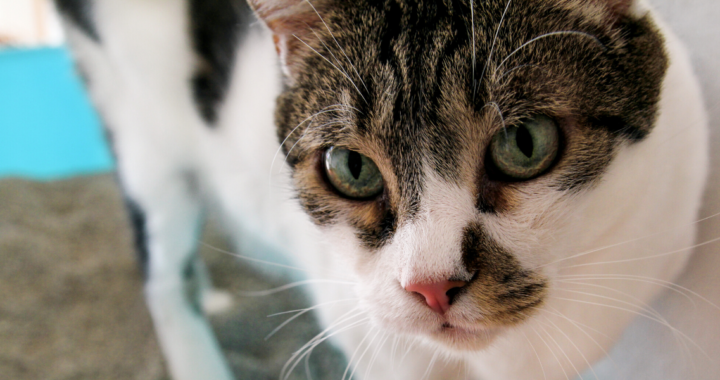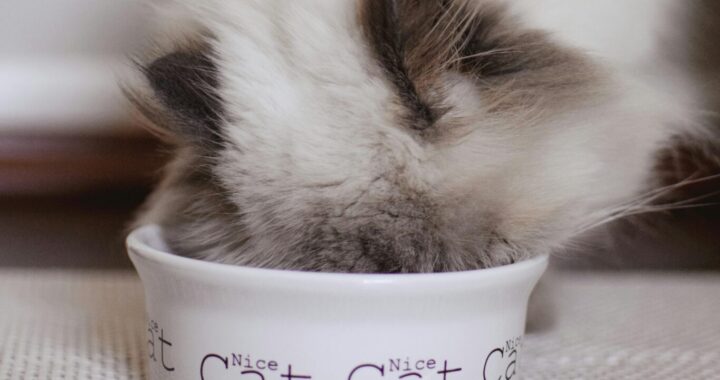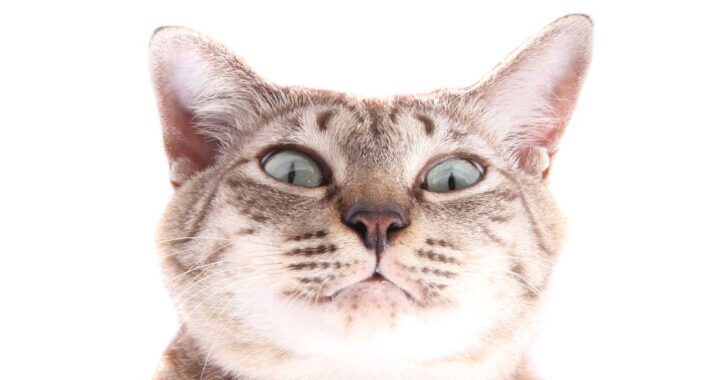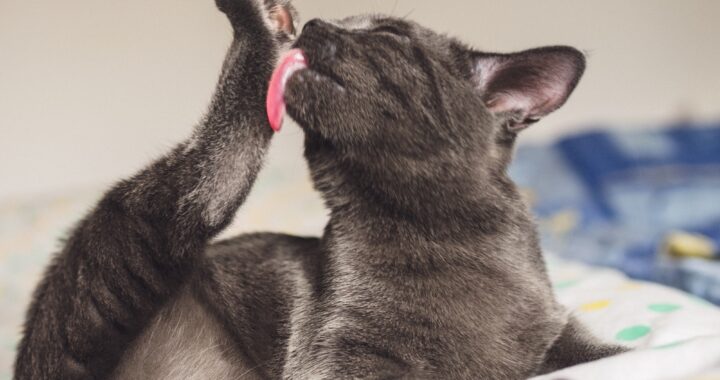Litter box problems are common for cats of all ages and can develop for a number of reasons ranging from conflict with other cats to serious medical issues that require a veterinarian’s attention. If the problem is behavioral, sometimes it can be solved through diligent litter-box management and a little trial and error.
Litter
Throughout history, humans have tried everything from sand to sawdust to ashes, searching for the perfect material to keep kitty “sittin’ pretty” in her box. Today, we have it down to a science. Kind of.
The options can be a little overwhelming, but always remember that your cat’s preferences are most important. (As if you could forget!)
Scented and Unscented
Scented litter is meant to cover up the odor of the litter box so we don’t smell it, but some cats don’t like the added scent, preferring unscented litters that absorb odors instead of masking them.
Clumping and Non-Clumping
This choice mostly affects how you clean the box. Many cat parents prefer clumping litters because they make waste removal easier, provide better odor control and have to be fully replaced less frequently than their non-clumping counterparts.
Materials
There are a variety of effective litters available, including natural options.
- Clay : This is the most common litter material. It clumps well for easy cleanup, but it isn’t biodegradable.
- Crystals: This silica-based litter controls odor and lasts longer, but it’s more expensive.
- Corn: The most common biodegradable option often doesn’t clump, but is great for cats with allergies.
- Paper: Biodegradable and sometimes flushable, recycled paper litter is good for cats with sensitive skin and allergies.
- Pine : This natural option is highly absorbent without using chemicals and naturally covers odors.
- Wheat: Another biodegradable option, wheat litter clumps and contains an enzyme that helps neutralize odor.
Boxes
If you live in a multi-cat home, the general rules are at least one box per cat and the bigger the better. It’s hard for some cats to share, and the best solution in that case is diligent cleaning. There are many types of litter boxes, but the most common variations are:
- Uncovered
- Covered, Front Entry
- Covered, Top Entry
- Self-Cleaning
Cats prefer an uncovered pan, but covered boxes offer humans some benefits—they tend to be less messy and give the cat a little privacy. Top-entry boxes help keep the litter from going all over the place (litter mats help with that issue, too), but they’re not for all cats, especially seniors and cats who can’t jump well.
Self-cleaning boxes recently have become popular among humans, but beware that your cat may not be as keen on the fancy new features as you are. The new sounds can be alarming, and if it doesn’t look or smell like what they’re used to, they might … “stink outside the box.” If you’re going to try, you should keep your adult cat’s old box around while slowly introducing a new automatic one. Kittens are often more flexible.
Location
You probably want the litter box out of the way, but is it in a place that’s easy and comfortable for kitty? Here are a few tips to make your litter box setup a more welcoming place.
- Make sure the box is easy to get to. Consider your cat’s age and medical history.
- Ensure it’s in a peaceful area that isn’t too noisy and that it’s not too hot or cold.
- Keep the box away from food and water bowls. Cats are like humans that way.
- Ensure the box is never locked behind a closed door, and that your cat will never accidentally be locked in a room.
Cleaning
It’s one of the toughest parts of being a cat parent—but at least we don’t have to go for walks in our pajamas so that our kitties can do their business! It’s best to clean daily, and if you’re wondering if you clean enough, you should probably clean more often.
- Maintain two inches of clean litter in the box. Extra litter doesn’t help.
- Consider using a box liner, especially if you have a plastic box. Plastic retains odors.
- Consider using clumping litter such as clay or wheat to make cleaning easier.
- Clean as frequently as possible. It’s the best way to make a litter box more appealing to a cat.
Persistent Problems
If your cat continues to eliminate outside the box, the problem might be medical rather than behavioral. If you haven’t already consulted a veterinarian while troubleshooting potty problems, you should schedule an appointment.




